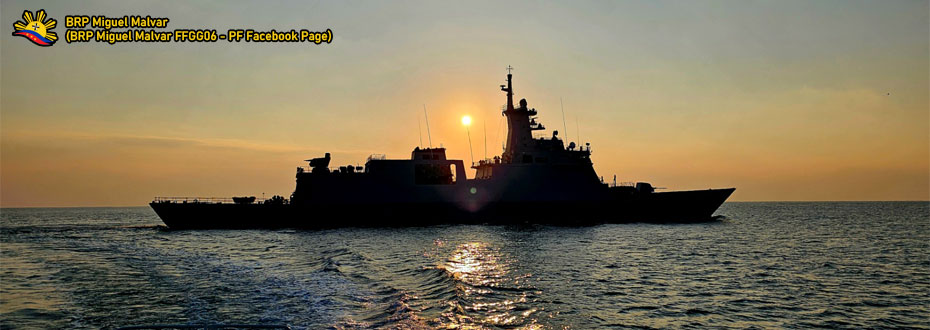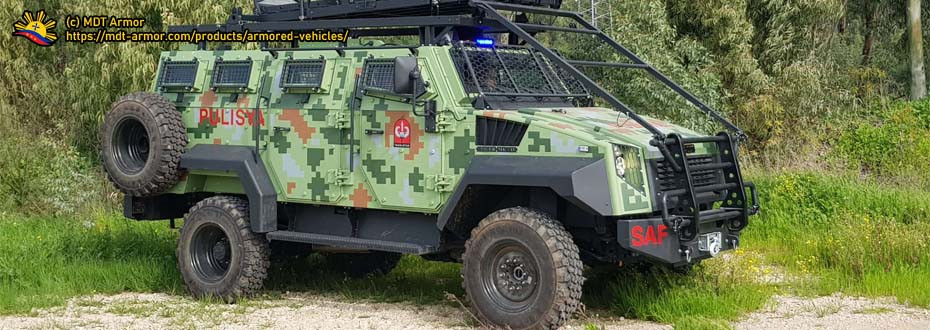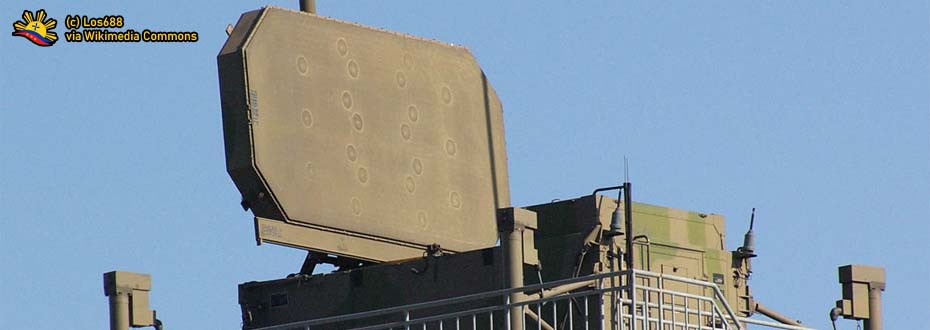The Gokdeniz Close-In Weapons System (CIWS) comes with an automatic target tracking feature with an integrated tracking platform, which it includes a tracking radar and electro-optics sensors, with the optional configuration for a 3-D radar sensor installation
wherein the air defense close-in weapons system can detect air targets at a range of up to 70 km.
The discussion of the Turkish Close-In Weapons System in-detail will provide in a separate article, as it will deal more with the development of the system and its timeline, detailed specifications, and other information that will specifically focus on this topic about the Turkish-made subcomponent that gets its way to the new Philippine Navy Corvettes.
16-CELL MBDA VL-MICA VERTICAL LAUNCH SYSTEM
This comes with the similar concept of the Philippine Air Force's upcoming
SPYDER Ground-Based Air Defense System from Israel's Rafael Advanced Defense Systems Ltd, wherein the
SPYDER GBADs are a variant of both
Python and
Derby missiles, both of which are air-to-air missile munitions produced by Rafael for the Israeli Air Force, all of which have developed by Rafael Advanced Defense Systems Ltd.
Like the Turkish GOKDENIZ Close-In Weapons System (CIWS), the MBDA VL-MICA 16-Cell Vertical Launch System serves as an additional layer of air defense system installed onboard the new Philippine Navy Corvettes, assuring that the ship and its crew gets fully protected against incoming threats from the air, ranging from other aircraft to anti-ship missiles.
The in-detail information of the French-made Vertical Launch System will cover on a separate article, discussing its specifications, detailed information on its development, and variants made through the years since its introduction to the French Armed Forces, particularly the French Air Force.
OTHER KNOWN SUBCOMPONENTS
 |
| Specifications of the Jose Rizal-class Frigates. Correction: The design derived is from HDF-2600, and not HDF-3000. PDA/Max Defense. |
This article will not be complete without discussing other subsystems that can be available on warships that are already in service with the Philippine Navy fleet, especially the ones found onboard the Jose Rizal-class Frigates, the base design that the HDF-3100 is now being derived from and both are designs from Hyundai Heavy Industries of South Korea.
Like the Jose Rizal-class Frigates, the HDC-3100 Corvettes that the Philippine Navy is about to have later on will come with
LIGNex1 SSM-700K C-Star Anti-Ship Missiles, now comes at the 4x2 configuration or 8 anti-ship missile launch canisters, as opposed to only 4 launch canisters at 2x2 configuration that are found on the Jose Rizal-class Frigates. This means that the new Philippine Navy Corvettes came with more firepower that itself is a force reckoned with against naval threats at sea.
Another will be the
SEA J+S Triple Torpedo Launchers, wherein it designs to load
K-745 Blue Shark Torpedoes, produced by South Korea's LIGNex1, the same company that produces the
SSM-700K C-Star anti-ship cruise missiles that were originally developed and made for improving the Republic of Korea Navy's firepower capabilities, with its export prospects now growing as this may likely came onboard the Philippine Navy corvettes based on easing logistics and keeping commonality of subcomponents across its naval vessels.
As for its Combat Management System, chances are likely that it will still be the
Naval Shield Integrated Combat Management Systems of South Korea's Hanwha Systems, given that its integration on both the Jose Rizal-class Frigates and the
Del Pilar-class Offshore Patrol Vessels, although it remains to be seen whether they will introduce either the Baseline 2 found on the Jose Rizal-class Frigates, or the newer Baseline 3 that Hanwha made as an improved variant of the Naval Shield family of Combat Management Systems.
Completing the list will be the mainstream
Oto Melara Super Rapid 76mm gun that belongs to the Oto Melara family of main guns that are found on the primary warships of the Philippine Navy's Offshore Combat Force, Rigid-Hull Inflatable Boats or RHIBS that are available on the fleet's capital warships which include the Tarlac-class Landing Platform Docks, and typical S and X-Band Sharpeye navigational radars from Kevin Hughes.
WHAT REMAINS TO BE SEEN
 |
A Jose Rizal-class Frigate taking part in Amphibious Operations as part of AJEX DAGIT-PA 2021.
Image Source. |
The Philippine Navy is continuously pursuing its modernization efforts under the Navy Sail Plan 2028, although in a diminished form that only few big-ticket projects have passed through the procurement process and has guaranteed its materialization and implementation of the production and delivery process, such as in the case for the Corvette Acquisition Project and the
Offshore Patrol Vessel Acquisition Project that is expected to be awarded to
Austal shipbuilding from Australia.
This new corvette design from Hyundai Heavy Industries of South Korea, although derived from the HDF-2600 that the Jose Rizal-class Frigates based from, will be more sophisticated and will have more firepower than what the said brand new Frigates that the Philippine Navy currently has, giving an improvement for the maritime branch of the Philippine Armed Forces with regards on having capital warships in its fleet that has sufficient anti-ship, anti-submarine, and anti-air capabilities at its disposal.
Take note that once again, the design and subcomponents for the HDC-3100 Corvette Design of the Hyundai Heavy Industries will have finishing touches under the
Critical Design Review, although most of the subcomponents, basing on
commonality and easing logistical chain, will pattern to what the Jose Rizal-class Frigates currently have, now with additional armaments in its disposal like the Vertical Launch System and Close-In Weapons System and will not go as a separate item under
typical FFBNW provisions.
For the other subcomponents that are counted as currently unknown, it will determine through time as defense updates will come in and add additional information on the overall composition of the HDC-3100 Corvette Design, as this will provide a clear picture for the capabilities of what will be the Philippine Navy's newest warships in its fleet upon entry into service a year or two from issuing
Notice to Proceed documentation that starts production of the warships.
Now that a notice of award has provided to the Hyundai Heavy Industries, and a
contract has signed between the South Korean shipbuilder and the Department of National Defense, it is only a matter of time to see the new Philippine Navy Corvettes taking shape and seeing its capabilities, as it will eventually gets introduced into the fleet as an active vessel that is capable to defend the country's national interest on both of its territorial and exclusive economic zone waters and domains like in the West Philippine Sea.
(c) 2022 PDA
First revision 5-5-2022.

























